15 Relative Frequency And Probability Examples And Worksheets - Maths Quest General Maths Preliminary Course Page 10
ADVERTISEMENT
Some questions do not require us to calculate the entire sample space, only the sample space for
a small part of the experiment.
WORKED EXaMPLE 8
The digits 1, 3, 4, 5 are written on cards and these cards are then used to form a four-digit number.
Calculate the probability that the number formed is:
even
greater than 3000.
a
b
THINK
WRITE
a
1
If the number is even the last digit must be even.
a
2
There are four cards that could go in the
fi nal place (total number of outcomes).
3
Only one of these cards (the 4) is even
(number of favourable outcomes).
4
1
Write the probability.
P(even) =
4
b
1
If the number is greater than 3000, then the
b
fi rst digit must be a 3 or greater.
2
There are four cards that could go in the fi rst
place.
3
Three of these cards are a 3 or greater.
4
Write the probability.
3
P(greater than 3000) =
4
REMEMBER
1.
The sample space is the list of all possible outcomes in a probability experiment.
2.
The event space is a list of all favourable outcomes to a probability experiment.
3.
The probability of an event is calculated using the formula:
number of favourable outcomes
P(event) =
total number of outcomes
EXERCISE
Single event probability
15B
1
A coin is tossed at the start of a cricket match. Manuel calls Heads. List the sample
WE4
eBook
plus
eBook plus
space and the number of favourable outcomes.
2
For each of the following probability
Digital doc
SkillSHEET 15.3
experiments, state the number of
doc-1654
favourable outcomes.
Simplifying
a
Rolling a die and needing a 6
fractions
b
Rolling two dice and needing a total
greater than 9
c
Choosing a letter of the alphabet and it
being a vowel
d
The chance a baby will be born on the
weekend
e
The chance that a person’s birthday
will fall in summer
488
Maths Quest General Maths Preliminary Course
ADVERTISEMENT
0 votes
Related Articles
Related forms
Related Categories
Parent category: Education
 1
1 2
2 3
3 4
4 5
5 6
6 7
7 8
8 9
9 10
10 11
11 12
12 13
13 14
14 15
15 16
16 17
17 18
18 19
19 20
20 21
21 22
22 23
23 24
24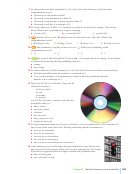 25
25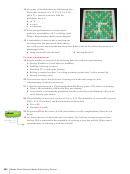 26
26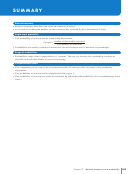 27
27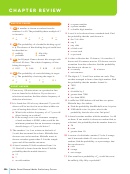 28
28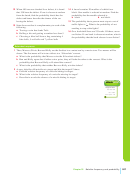 29
29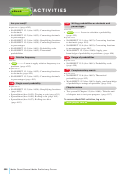 30
30








